
Special Topics: Chinese-style Modernization & Chinese Literature and Art(II)
■ Affinity to the Pople as the Essential Character of the Modernization of Chinese Literature and Art(PP. 4-14)LAI Daren
Abstract: Affinity to the people is the essential character of the modernization of Chinese literature and art, which prominently reflects the essential requirements of the modern transformation in Chinese society and the development of Chinese-style modernization, and plays a leading role in the overall modernization process of literature and art. The sinicization of Marxism and the spread of the view of people's literature and art have brought about the construction of the concept of the popularity of literature and art, and the process of Chinese-style modernization has promoted the continuous enrichment and development of this concept. The characteristics of popularity of literature and art is generated and evolved in the overall system of the modernization of literature and art, but it is also interwoven and integrated with other characteristics of literature and art, such as the autonomy and self-discipline of literature and art, modern aesthetic consciousness, diversification of literary concepts and art forms, which forms a dialectical and unified development of dominance and diversity, and jointly contribute to the development of Chinese-style modernization.
Keywords: Chinese-style modernization, modernization of literature and art, affinity to the people of literature and art, essential characteristics
■ The Chinese-style Modernization Path and the Historical Context of Chinese Literature and Art(PP. 15-26)HE Zhonghua
Abstract: The unique national conditions of China and the historical choice of Chinese-style socialism determine the characteristics of the Chinese-style modernization path, which provides a specific historical context for the future development of Chinese literature and art. The requirements of a great era breed great works of literature and art. The utilitarian relations embedded in the concept of modernization and the domination of people by technology requires Chinese literature and art to make people "dwell poetically in the world" through its aesthetic creation. The aesthetic function of Chinese literature and art is conducive to achieving a balance between scientific rationality and humanistic values. The cultural homogenization caused by the advent of globalization objectively needs to draw on China’s unique aesthetic tradition to keep necessary tensions between localization and globalization.
Keywords: Chinese-style modernization, Chinese literature and art, modernization concept, postmodernity, historical context
■ The Chinese-style Modernization and the Arts Going Out of the "White Cube"(PP. 27-35)CHEN Anying
Abstract: In the context of contemporary Chinese art practice, this essay discusses why arts should go out of the "white cube" and how they would develop after that. In view of China's special social conditions, arts today need to both step out of and enter the "white cube", with the common goal of being rooted in people's daily life. This essay proposes a dualistic art ontology, theories on the gathering of arts and cultural density, and on this basis analyzes some cases of artistic intervention in rural construction and regional safeguarding of intangible cultural heritage in recent China, summarizing and predicting the paths and methods for arts to enter people's lives and participate in regional cultural construction.
Keywords:White Cube, contemporary art, gathering of arts, cultural density, Chinese-style modernization
Theoretical Exploration: The Humanistic and Cultural Life in Ancient Poetic Lines
■ The Wild State and Notes on Poets and Poetry(PP. 36-47)YUAN Jixi
Abstract: "The wild state" in notes on poets and poetry is a state of "natural freedom", which is closely related to the development of the concept of "wild" in classical Chinese culture. In traditional culture, Zhuangzi, Mencius, Xunzi and Lv's Spring and Autumn have all explained the concept of "wild", and famous writers like Ji Kang, Tao Yuanming and Su Shi have practiced the interests of "the wild state" in their poetry creation, which has promoted the development of poetics. Sikong Tu, a theorist of poetics in the late Tang Dynasty, manifested the poetic concept of "the wild state", blended theexistenceoflife and the natural freedom poetically, and affected artistic realms of poetry, calligraphy and painting in the Ming and Qing dynasties.
Keywords:the wild man, the wild state, natural freedom
■ The World's Best:the Elegance of the Characters in Notes on Poets and Poetryand the Landscape of Classical Chinese Literary Criticism(PP. 48-57)LIAN Shuijie
Abstract:The elegance of the characters in the vision of Meng Qi's notes on poets and poetry can be summed up as the following three points: First, the character's "mockery" like "humor" is based on a deep understanding of human nature, such as Yan Yanzhi's "mockery", which can better highlight an open-minded scholar's attitude. Second, behind the beauty's feeling and nature, which have to face the powerlessness of fate being controlled by power, which makes the struggle more valuable. Third, the perspective of "equality" in Meng Qi's notes on poets and poetry is more conducive to presenting the charm and elegance of the characters. The courage and determination of poets and beauties, as well as the perspective of "equality" of poetry critics, are the characteristics of "Ben-shi criticism", and even more the landscape of classical Chinese literary criticism.
Keywords: poet, mockery, beauty, elegant, equality
■ Youth and Old: The Life Context and Aesthetic Production of Poetic Talks(PP. 58-67)LIU Yuye
Abstract: The author's different life stages and aesthetic preferences constitute the generation context of traditional Chinese poetry. The different life temperament of the poet in his old age and youth will form different poetic styles, and also produce two kinds of aesthetic tastes, corresponding to the two roles of broad-minded leisure and indignant rebellion in the poetic talk. This atmosphere of the mild elders and sharp youth is a unique problem full of life feelings in traditional poetic research.
Keywords: youth, old, poetic talks, life context
Random Thoughts on Arts
■ The "Imaginary Folk": On The Story World and Cultural Connotations of Ancient Chinese Costume Webisode(PP. 68-77)ZHU Bin
Abstract: In recent years, ancient Chinese costume webisode has gradually entered the path of boutique, with a number of works which have both word-of-mouth effect and market value. The important reason for this favorable effect is that the webisode, by using folk cultural elements, has formed the structure of folk world and cultural space, and foregrounded the distinctive local style in terms of artistic form and ideological content. Empowered by "grassroots" colors, life ideals and historical consciousness, ancient costume webisode possesses the inner logic of folklore and connects the spiritual fields of the past and the present with the story worlds and cultural experiences they create. The Chinese aesthetic spirit and moral ideals expressed by the ancient costume webisode are based on the civilian's stand and are thereby placed in the process of building a new form of human civilization through literature and art works. These features of ancient costume webisode have profound significance in telling Chinese stories, bridging cultural differences and sharing humanistic sentiments.
Keywords: ancient costume webisode, folk culture, story world, folklore matters, cyber literature and art
■ Tracing Evolution: A Study on the Evolution of the Integration between Stele and Scripture and Contemporary Calligraphy Criticism(PP. 78-85)YANG Chen
Abstract: The integration of stele and scripture has been influenced by the theory of "stelology" in the late Qing and the Republican period of China. During the early 20th century, with the emergence of new calligraphic materials, the discrimination of stele and model calligraphy was gradually sublated. Although the integration of stele and scripture was developed in the discussion on returning to handwritings to the integration of knives and brushes, the completion of its theorization was also affected by the influence of modern and postmodern Western art theories. At present, the depth and breadth of the integration of stele and scripture has become an important opportunity for the development of calligraphy. Constantly exploring the new meaning of the integration between stele and scripture, constructing its research field which is independent will contribute to the in-depth development of contemporary calligraphy criticism. At the same time, the innovation of the integration of stele and scripture is an endless exploration path that urgently needs the guidance of contemporary calligraphy criticism, which will not only respond to the needs of the new era, but also give it a new mission and significance.
Keywords: integration of stele and scripture, contemporary calligraphy criticism, the discrimination of stele and model calligraphy, new calligraphic materials, return to the classical and try to be creative
■ Theories and Models: Digital Curating since the 1960s(PP. 86-103)LI Keke
Abstract: Since the accessibility of public art spaces including art museums has been affected by the pandemic, the model of digital curating becomes a new focus of discussion, challenging traditional curatorial concepts and methods. By identifying the concept of "Digital Curating", clarifying its historical genealogy after the 1960s and combining case studies, this essay proposes three models of Digital Curating: distributed curating based on the smooth space in Deleuze's theory, participatory curating based on Nicholas Bourriaud's theory of relational aesthetics, and open source curating based on Stigler's philosophy of technology. The aim is to provide a new perspective for curatorial research and a new path for innovative exploration in the field of curatorial field to booster China's strength in digital development.
Keywords: Digital Curating, smooth space, relational aesthetics, open source, curatorial discourse
Academic Overview
■ The Relationship between Aesthetics and Art and Its Contemporary Interpretation:An Overview of the First National Summit on Aesthetics and Art Studies(PP. 104-112)SHEN Liyuan
Abstract: In order to explore the communication between aesthetics and art and advance the development of aesthetics and art theory, the First National Summit on Aesthetics and Art Studies, organized by the Chinese Society for Aesthetics, the Theoretical Studies Office of the China Federation of Literary and Art Circles, the Higher Education Press, and Shenzhen University, was held in Shenzhen on October 22, 2022. The experts and scholars present discussed the relationship between aesthetics and art, beauty and art, aesthetics and art theory, as well as various topics covered by "Aesthetics and Art Studies". They emphasized that aesthetics is a perceptual theory and reviewed the historical development of aesthetics and art to clarify the difference between beauty and aesthetics. They proposed that, based on these discussions, beauty and art are not inherently linked, but rather that aesthetics and art intersect. They also argued that aesthetics and art theory are "different paths" leading to the same destination. Following this, they focused on the four major aesthetic issues raised by contemporary art, stressing the pressing need for contemporary interpretations of aesthetics and the expansion of contemporary aesthetics. The summit served as a bridge between aesthetics and art studies, playing a pivotal role in the construction and advancement of aesthetics, art, art theory, and art criticism.
Keywords: aesthetics, art, beauty, art theory
Interview with Renowned Experts
■Swim in the Ocean of Art and Sail Vigorously:An Interview with Peking Opera Performing Artist and the Theatre Theorist HU Zhifeng (PP. 113-124)Interviewed by XIONG Shu
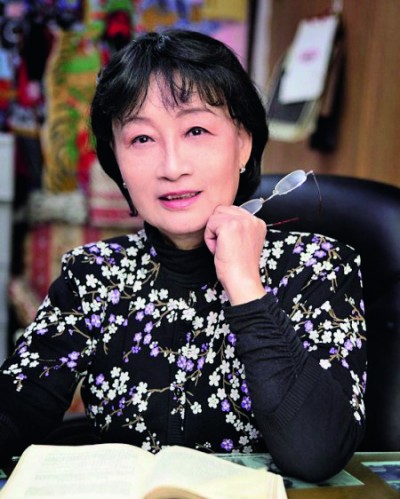
Inside Front Cover
Chinese Literary Critics: MAO Hui

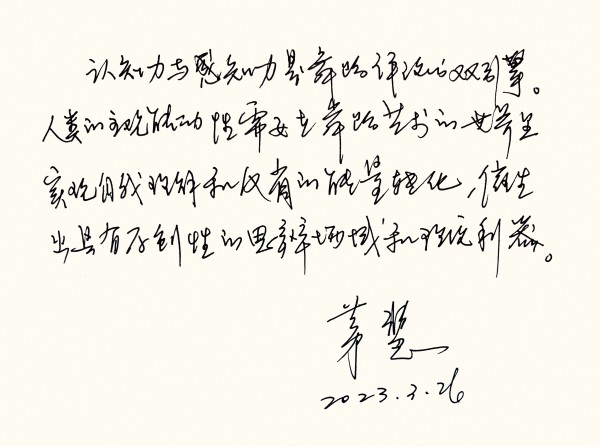
Inside Back Cover
Review of Members of China Literature and Art Critics Association:Jilin Literature and Art Critics Association
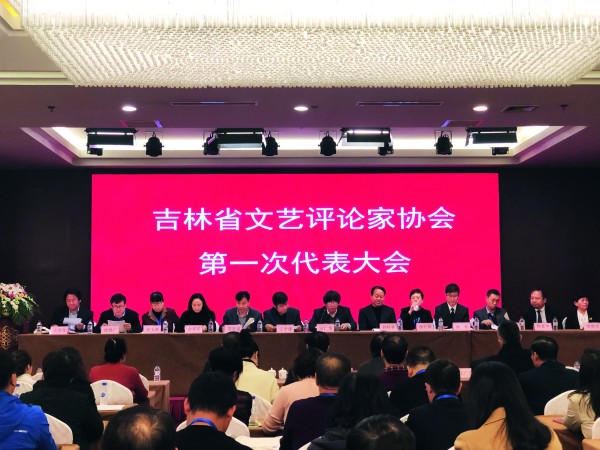
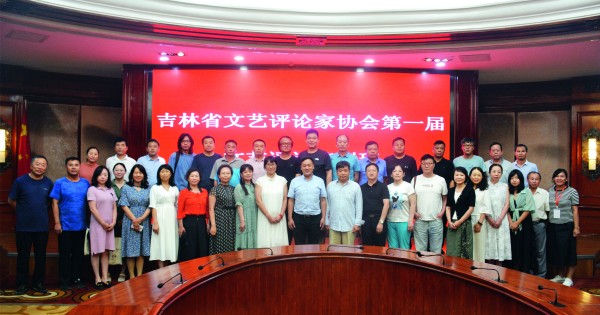
Back Cover
The Introduction to the Excellent Works in the Seventh "Woodpecker Cup" of Chinese Literature and Art Criticism:From"The Study of Generalist" to "The Book of Generalist":Research on Shen Zengzhi's Calligraphy
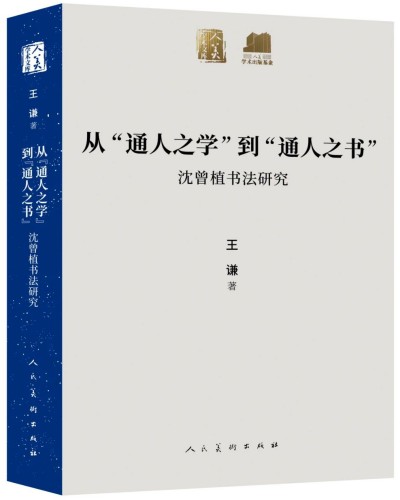
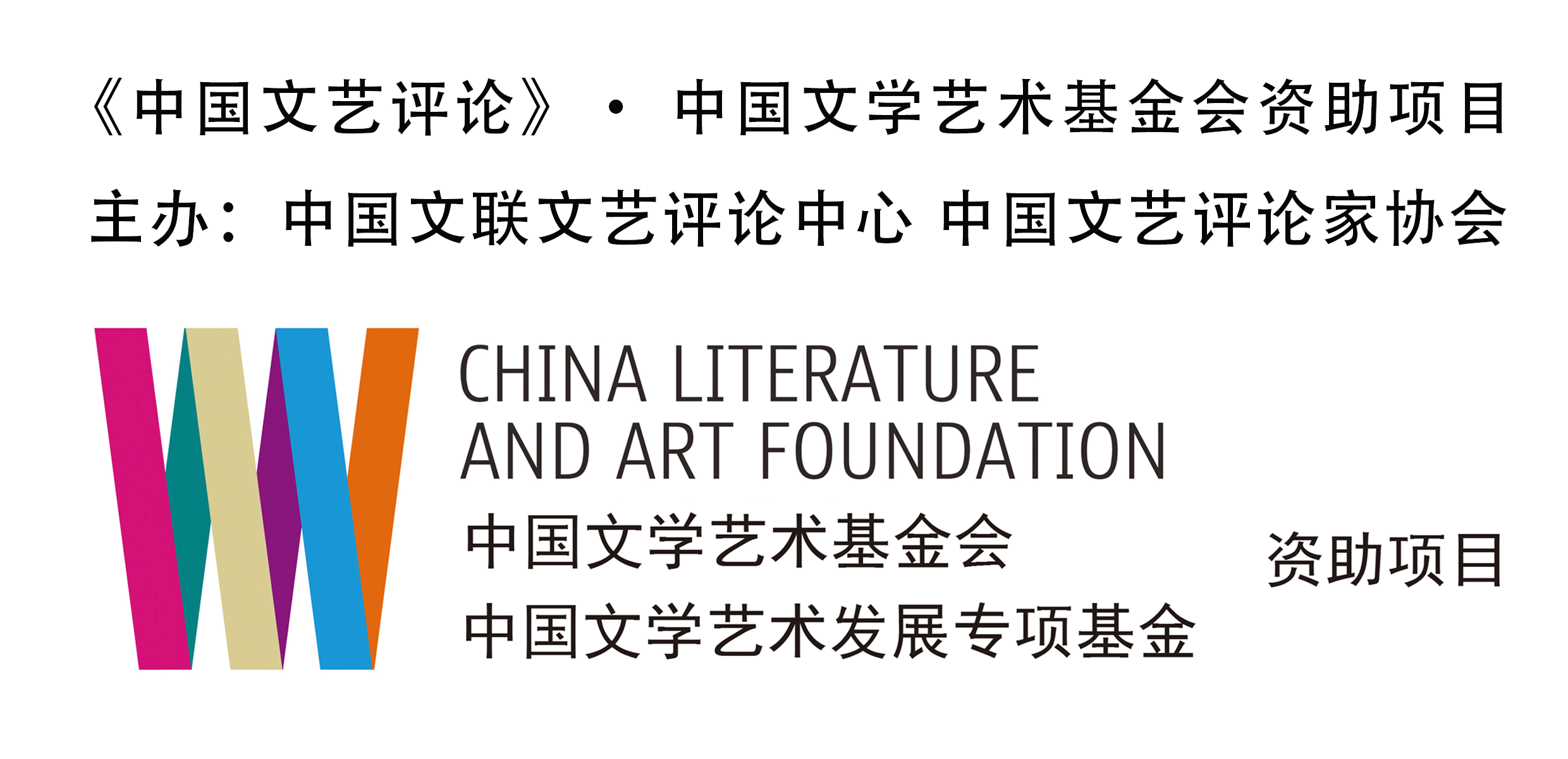

中国文艺评论网

“中国文艺评论”微信公号

“中国文艺评论”视频号